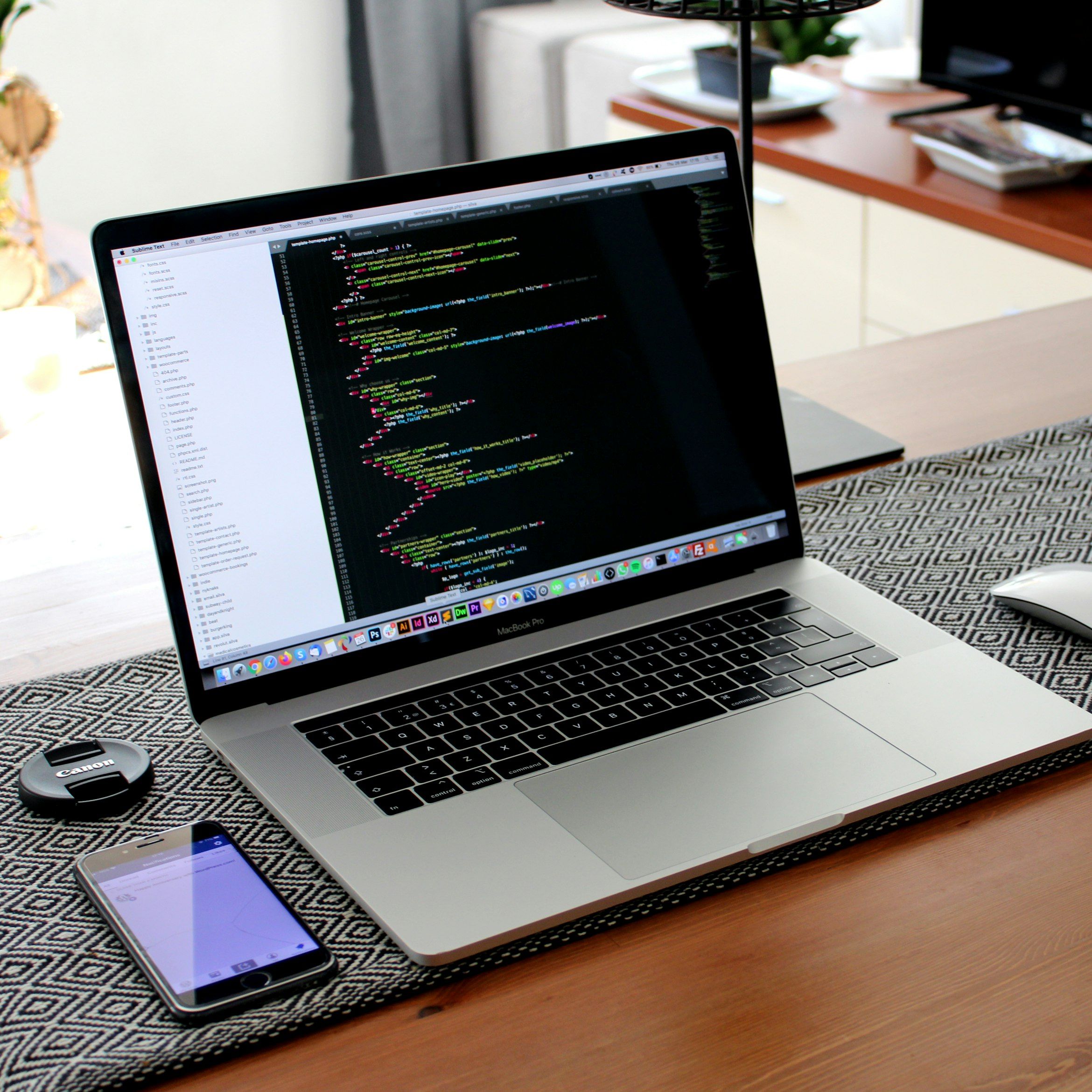
5 Essential Considerations When Setting Up Your Home Office
The shift to remote work has transformed how we think about productivity and workspace design. Creating an effective home office goes far beyond selecting a desk and chair—it requires strategic planning across technology, security, ergonomics, and workflow optimization.
Whether you're transitioning to permanent remote work, establishing a hybrid workspace, or optimizing an existing home office, these five essential considerations will help you build a foundation for sustained productivity and professional success.
1. Network Infrastructure: Building Your Digital Foundation
Your internet connection forms the backbone of remote work productivity. Poor connectivity doesn't just cause frustration—it can impact client relationships, team collaboration, and overall professional reputation.
Internet Speed Requirements:
- Minimum 25 Mbps download, 10 Mbps upload for video conferencing and file sharing
- Consider fiber optic connections for consistent speeds and lower latency
- Test upload speeds specifically—many plans prioritize downloads over uploads
Network Setup Best Practices:
- Position your router centrally and away from interference sources
- Use ethernet cables for your primary work computer when possible
- Create separate network segments for work and personal devices
- Consider mesh networks for larger homes or areas with poor Wi-Fi coverage
2. Cybersecurity: Protecting Your Professional Assets
Home networks often lack the robust security infrastructure found in corporate environments. This creates potential vulnerabilities that cybercriminals actively target, especially as remote work has expanded the attack surface for businesses.
Essential Security Measures:
- Enable WPA3 encryption on your wireless network (or WPA2 if WPA3 isn't available)
- Use a reputable VPN service for all work-related internet activity
- Install comprehensive antivirus software with real-time protection
- Enable automatic security updates for your operating system and applications
- Implement multi-factor authentication on all business accounts and applications
Data Protection Strategies:
- Implement a 3-2-1 backup strategy: 3 copies of important data, 2 different storage types, 1 offsite backup
- Use encrypted cloud storage services for sensitive business documents
- Regularly test your backup and recovery procedures
3. Hardware and Equipment: Investing in Productivity
The right hardware setup can significantly impact your productivity, comfort, and professional image. While initial costs may seem high, quality equipment pays dividends through improved efficiency and reduced frustration.
Display and Visual Setup:
- Invest in at least one high-quality external monitor (24-27 inches minimum)
- Consider dual monitors for increased productivity—studies show 20-30% efficiency gains
- Position monitors at eye level to reduce neck strain—monitor arms or stands help achieve proper height
- Ensure adequate lighting—combine natural light with adjustable desk lamps to reduce eye strain
Audio and Video Equipment:
- Invest in a quality webcam (1080p minimum) for professional video calls
- Use a dedicated microphone or noise-canceling headset for clear audio
- Position your camera at eye level and ensure good lighting on your face
Power and Connectivity:
- Install an Uninterruptible Power Supply (UPS) to protect against power outages and surges
- Use a docking station or USB-C hub to simplify connections for laptops
- Organize cables with management solutions to maintain a clean, professional appearance
4. Ergonomics and Physical Workspace Design
Poor ergonomics can lead to long-term health issues and decreased productivity. Since you'll be spending 8+ hours daily in your home office, investing in proper ergonomic setup is crucial for your physical well-being and sustained performance.
Seating and Desk Setup:
- Invest in an adjustable, ergonomic office chair with proper lumbar support
- Choose a desk at the correct height—your elbows should be at 90 degrees when typing
- Consider a sit-stand desk to alternate between sitting and standing throughout the day
- Use a footrest if your feet don't comfortably reach the floor
Environmental Factors:
- Maintain comfortable temperature (68-76°F) and humidity levels (30-50%)
- Ensure adequate ventilation and air circulation
- Minimize noise distractions with sound-absorbing materials or white noise machines
- Create clear boundaries between work and personal space, even in shared areas
5. Software and Digital Workflow Optimization
Effective remote work requires more than just having the right applications—it demands strategic integration of tools that enhance collaboration, productivity, and workflow efficiency.
Essential Software Categories:
- Communication platforms (Slack, Microsoft Teams, Zoom) for team collaboration
- Project management tools (Asana, Trello, Monday.com) for task organization
- Cloud storage solutions (Google Drive, Dropbox, OneDrive) for file access and sharing
- Time tracking applications (RescueTime, Toggl) to monitor productivity patterns
Workflow Optimization Tips:
- Standardize on integrated platforms rather than using multiple disconnected tools
- Automate repetitive tasks using tools like Zapier or Microsoft Power Automate
- Establish consistent file naming conventions and folder structures
- Schedule regular software updates and maintenance during off-hours
Creating Your Action Plan
Building an effective home office is an iterative process. Start with the fundamentals—reliable internet and basic security measures—then gradually enhance your setup based on your specific work requirements and budget.
Recommended Implementation Order:
- Week 1-2: Assess and upgrade internet connectivity, implement basic security measures
- Week 3-4: Set up ergonomic workspace and essential hardware
- Month 2: Optimize software workflows and implement advanced productivity tools
- Ongoing: Regular maintenance, security updates, and incremental improvements
Remember that your home office setup should evolve with your needs. Regularly assess what's working well and what could be improved. The investment in creating a proper home office environment pays dividends through increased productivity, better work-life balance, and enhanced professional capabilities.
